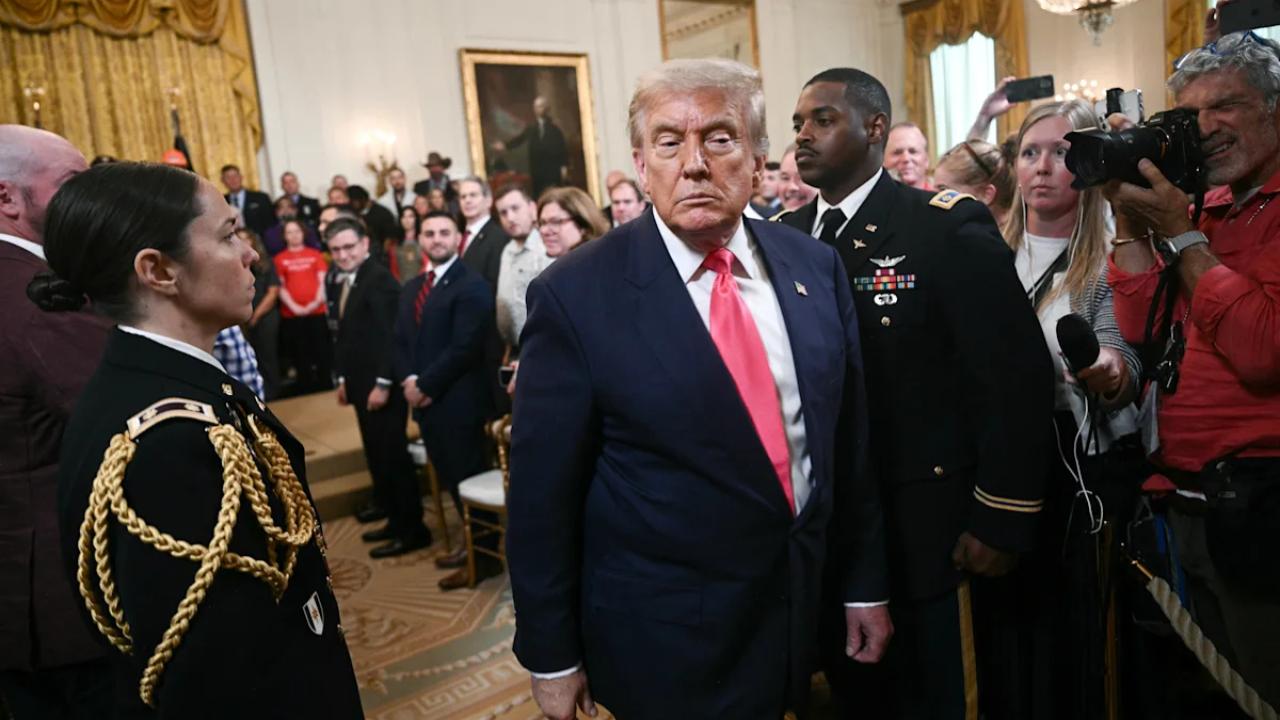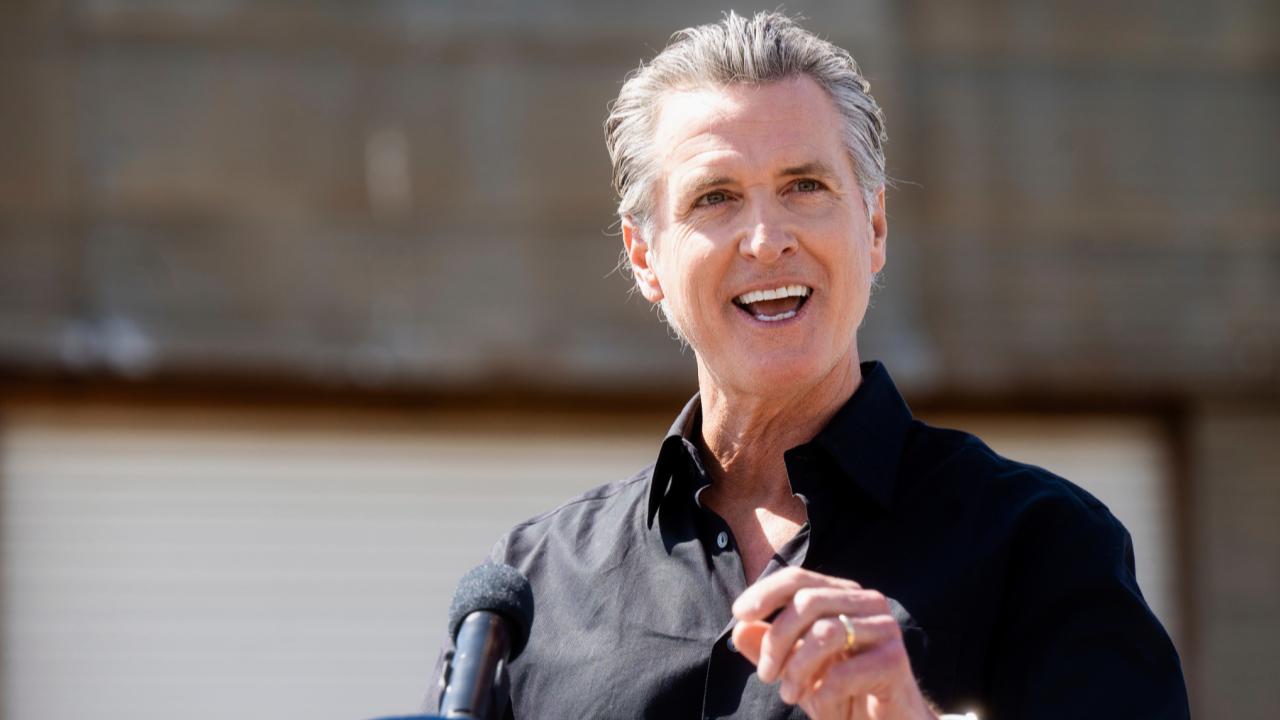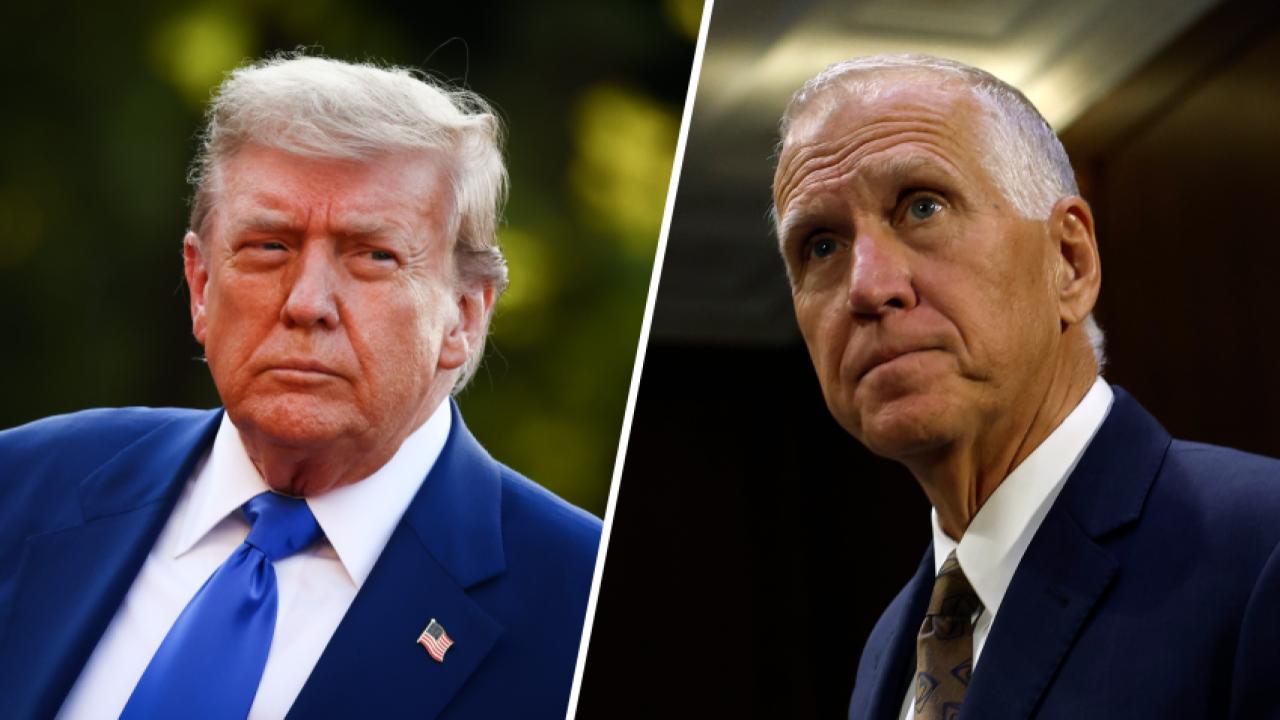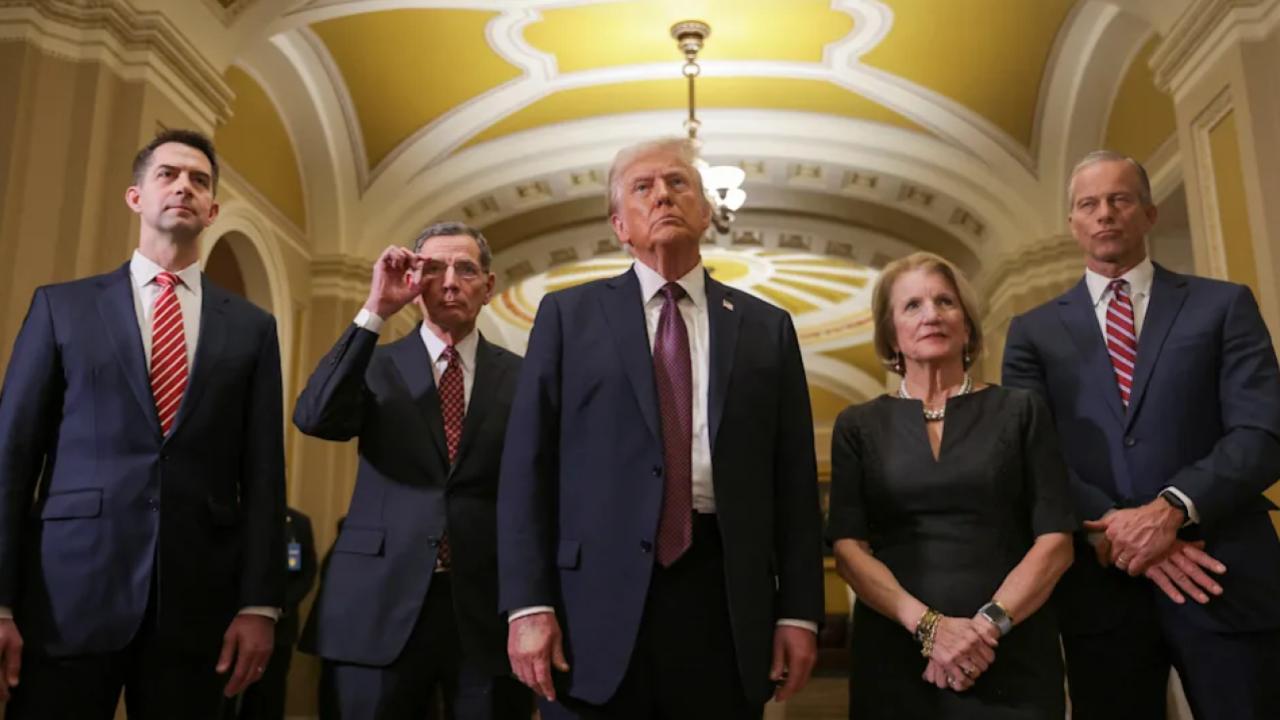In a high-stakes maneuver to secure passage of his signature tax and spending legislation, President Donald Trump dispatched Vice President JD Vance to Capitol Hill this weekend. Vance’s mission: to rally Republican senators and ensure the “One Big Beautiful Bill” advances before the July 4 deadline. With the Senate narrowly divided and internal GOP dissent simmering, Vance’s presence underscored the administration’s commitment to delivering on its fiscal agenda.
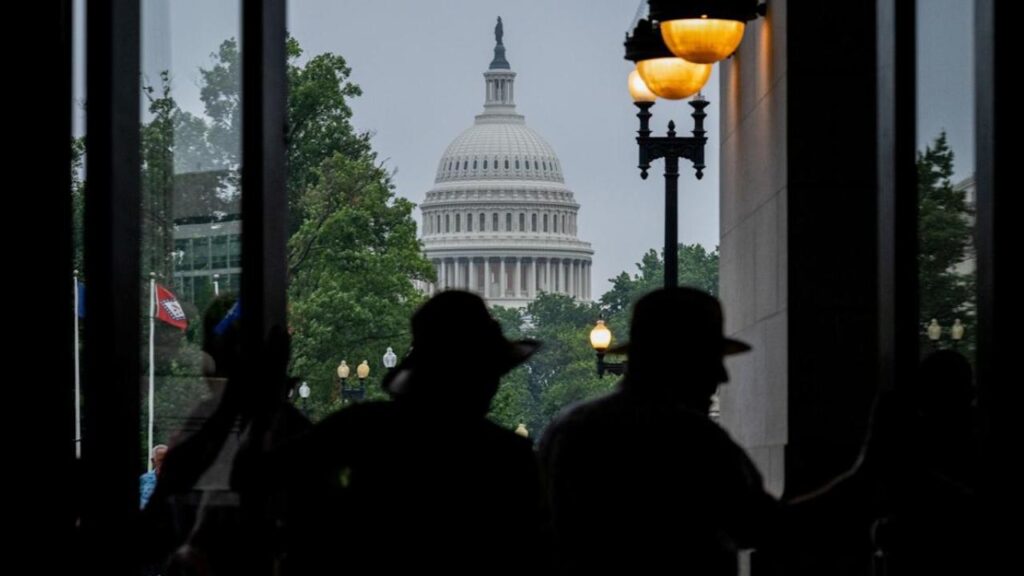
Trump Sends Vance to Capitol Hill with a Bold Mission
Vance’s Capitol Hill Mission
The “One Big Beautiful Bill,” a comprehensive package encompassing tax cuts, spending reductions, and border security enhancements, has become a focal point of President Trump’s second term. With the Senate’s 53–47 Republican majority, party unity is crucial. However, internal divisions have emerged, particularly regarding Medicaid reforms and the bill’s projected $3 trillion deficit increase over the next decade. The Senate Parliamentarian recently ruled that key Medicaid provisions violate Senate rules, complicating efforts to pass the legislation via the reconciliation process.
In this context, Vice President JD Vance’s role has been pivotal. A former U.S. senator from Ohio, Vance has leveraged his Capitol Hill experience to engage directly with Republican senators. He attended Senate Republicans’ weekly luncheon to urge support for the bill and has been on standby to cast tie-breaking votes when needed.
The Senate’s Narrow Vote
On Saturday night, the Senate voted 51–49 to advance the legislation, with Vice President Vance present in case his tie-breaking vote was required. The vote was delayed for over three hours as holdout senators negotiated last-minute concessions. Ultimately, Senators Thom Tillis and Rand Paul voted against the motion to proceed, joining all Democrats in opposition.
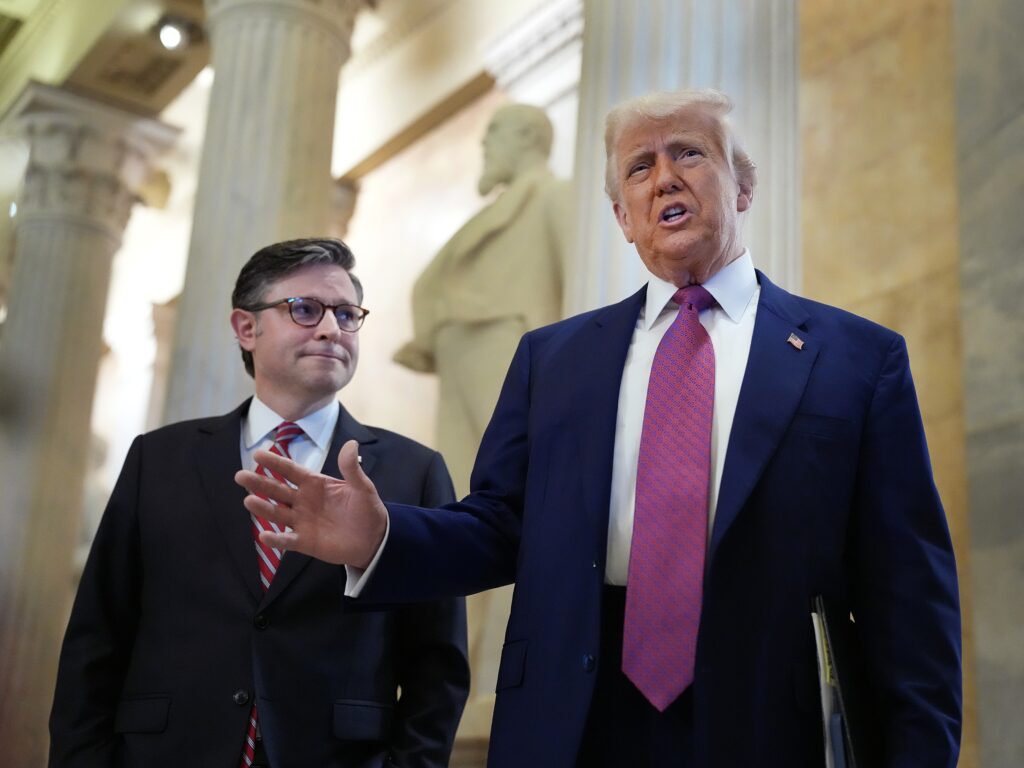
President Trump responded swiftly, indicating plans to support primary challengers against dissenting Republicans, particularly targeting Senator Tillis, who is up for reelection in 2026.
A Narrow Vote
On Saturday night, the Senate narrowly voted 51–49 to advance the legislation. The vote came after more than three hours of tense negotiations, during which holdout senators sought last-minute concessions. Senators Thom Tillis and Rand Paul voted against the motion to proceed, aligning with Democrats in opposition.
President Trump quickly responded, signaling his intent to support primary challengers against dissenting Republicans. In particular, he targeted Senator Tillis, who is up for reelection in 2026. The move highlighted the intense political pressure on Republican senators to support the legislation, signaling that Trump’s influence over the party remains strong.
The Road Ahead
Having cleared this significant procedural hurdle, attention now shifts to reconciling the Senate version of the bill with the one passed by the House in May. While the House bill has already passed, the Senate’s revisions mean that a second vote will be required. The White House has emphasized the urgency of passing the legislation before the July 4 holiday, framing the passage as an essential fulfillment of campaign promises and a critical step in avoiding a potential tax increase for Americans.
Vance’s continued involvement in Capitol Hill negotiations will be crucial in ensuring that the bill stays on track for final passage. As the White House pushes to make permanent the tax cuts passed in 2017 and raise the debt ceiling, the pressure on GOP senators to support the bill remains intense.
With the clock ticking, Trump and his team are working tirelessly to secure the necessary votes, knowing that the success or failure of the “One Big Beautiful Bill” will have a significant impact on his administration’s ability to advance its fiscal agenda.

